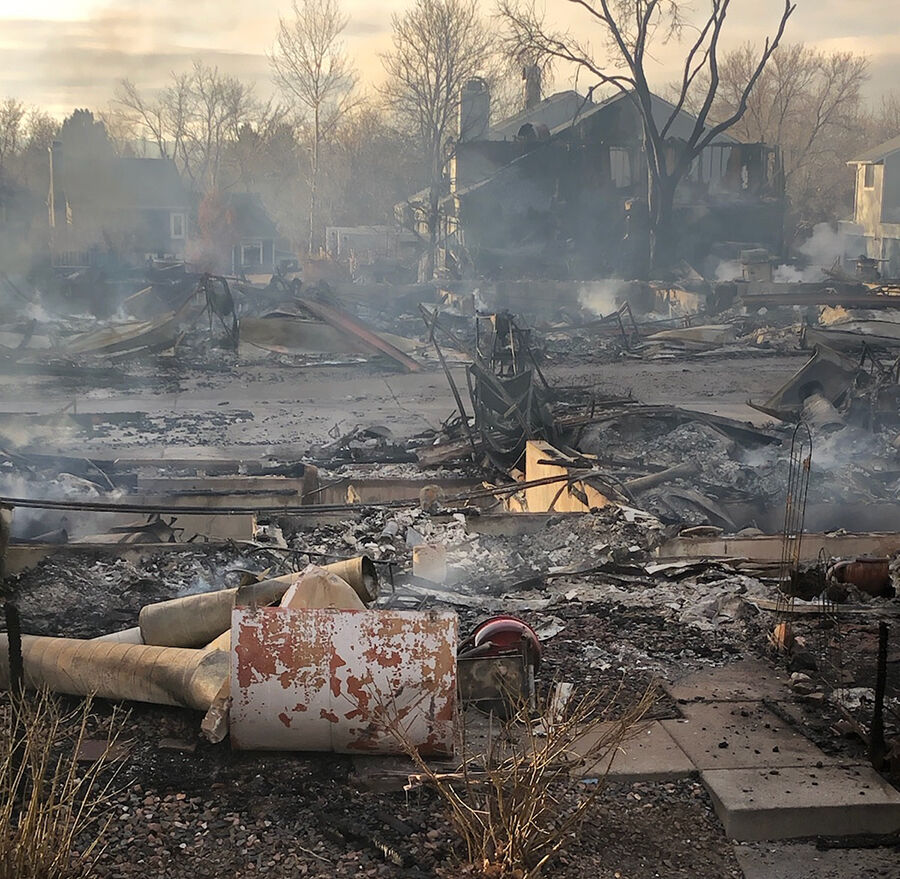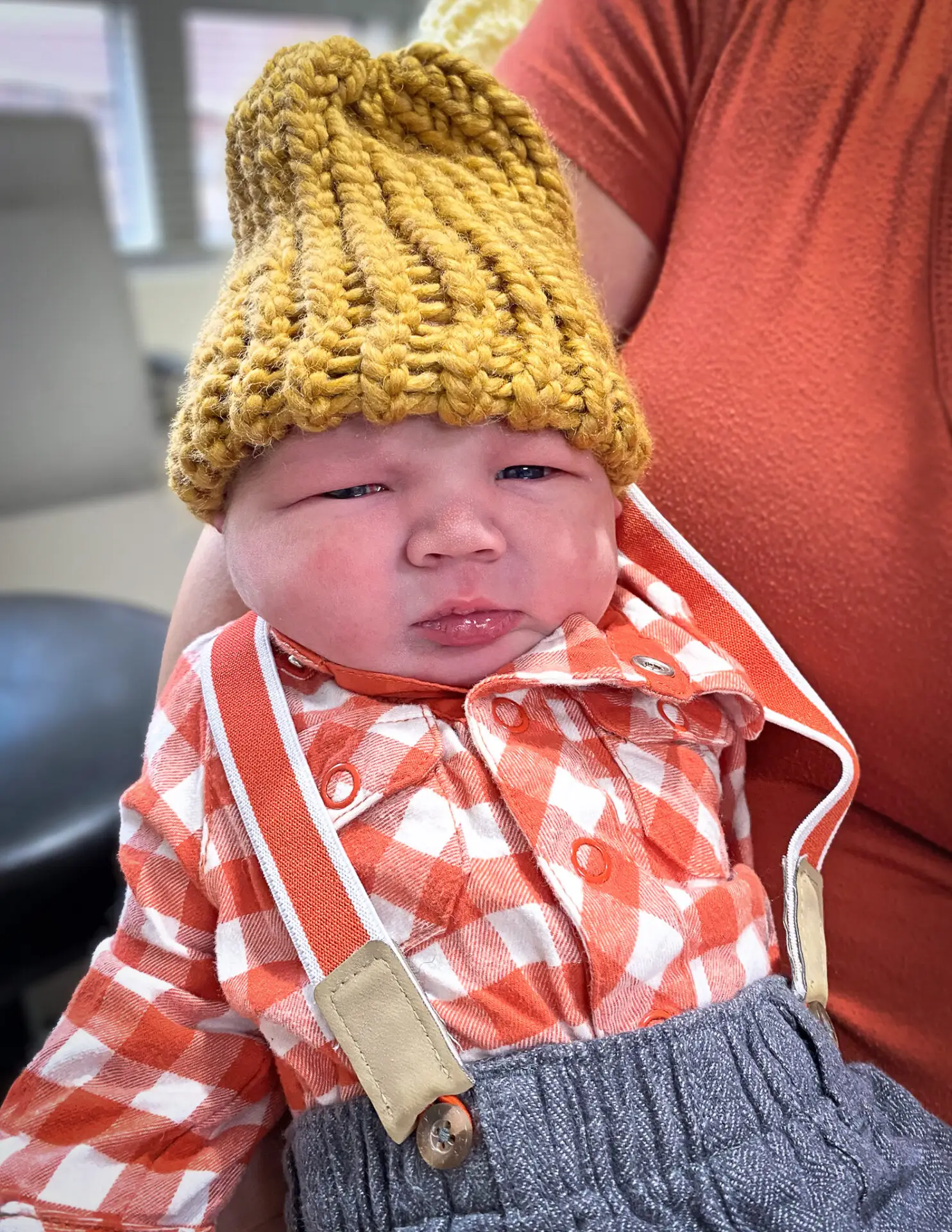Nothing can prepare you to watch your hometown burn.
It was made worse to hear about it first from old friends. “Are you safe?” they ask. “What?” you reply, frantically Googling. Worse to watch it burn through videos on Twitter as you sit in your new home six hours away. Worse to hear only bits and pieces of news from your terrified family as they evacuate, taking nothing but essentials. Worse to get a text from your childhood best friend, whose house was a safe haven from angsty high school problems, “home is gone.” Worse to watch it burn and burn and burn, to watch friend’s homes, restaurants, neighborhoods, memories, devoured by fire.
When I was in elementary school at Superior Elementary in Superior, Colorado, we never learned what to do in the case of a wildfire. Or maybe we did, but as a kid I was much more scared by what we learned about tornadoes and quicksand to notice. Fire was never on my radar. Middle school was canceled due to snow, never fire. High school softball games in Louisville, Colorado, were a nuisance in the fall when it got windy. Never, ever, because of fire.
As I grew up I watched the wildfires creep closer. Still, I didn’t worry.
In the summer of 2017, I was a camp counselor at Cal-Wood Education Center in the peaks just to the west of Boulder. My biggest worry was a bear that liked to rifle through the kitchen tents; there were only four notable wildfires that year in counties I had never heard of. In the summer of 2018, I didn’t return home from college; there were more wildfires that year, but none close. In the summer of 2019, one of the only wildfires of the season burned almost 9,000 acres in Salida, a tiny little town near Colorado Springs, about 150 miles away from Louisville.
Colorado is fine, I thought, my wildfire worries more focused on California, Australia, the big fires that made national news, it’s just a bit smokey. That smoke was from other states, too, wildfire smoke can travel hundreds of miles. The wildfire sun was glorious and beautiful as it set—the sun’s light through the smoke turned bright orange as it melted into the mountains, staining the clouds pink and yellow and that bright, vibrant orange.
In 2020, I lived with my family in Colorado after graduating from college in May.
By August, I could barely see the wildfire sun at all through the smoke of Colorado’s worst wildfire season in the history of the state. 665,454 acres burned.
The Pine Gulch Fire north of Grand Junction became the largest fire in Colorado history until it wasn’t: the Cameron Peak Fire two months after burned 208,663 acres and destroyed 461 structures. Suddenly everything felt very real and very scary: our backyard was covered in ash and we couldn’t see the mountains from Louisville and the air quality was so atrocious we couldn’t go outside.
That year was awful, the Cherry Canyon Fire, the East Canyon Fire, the Pine Gulch Fire, the Grizzly Creek fire, the Williams Fork Fire, the Middle Fork Fire, horrible, horrible, horrible, and yet still, selfishly, I didn’t worry for my home, my town, even as the Cal-Wood fire destroyed my old summer camp and burned 10,095 acres. I was worried for my state, for the West. But never for my town.
At least, I thought, at least Colorado doesn’t have much left to burn.
The Marshall Fire on December 30, 2021, burned an estimated 991 homes in under six hours as it raged through my hometown, devouring and demolishing everything in its path. My family’s house was spared, but their neighborhood demolished. It’s as though the towns have been wiped off the map. I didn’t lose my house, but I am grieving. How do you grieve a place? Ghost town. Ash town. And still Colorado will burn.
I am so desperately trying to get used to life under the wildfire sun.



